But the main things about a man are his eyes and his feet. He should be able to see the world and go after it.
Origins of barefooting: a practice as old as man himself
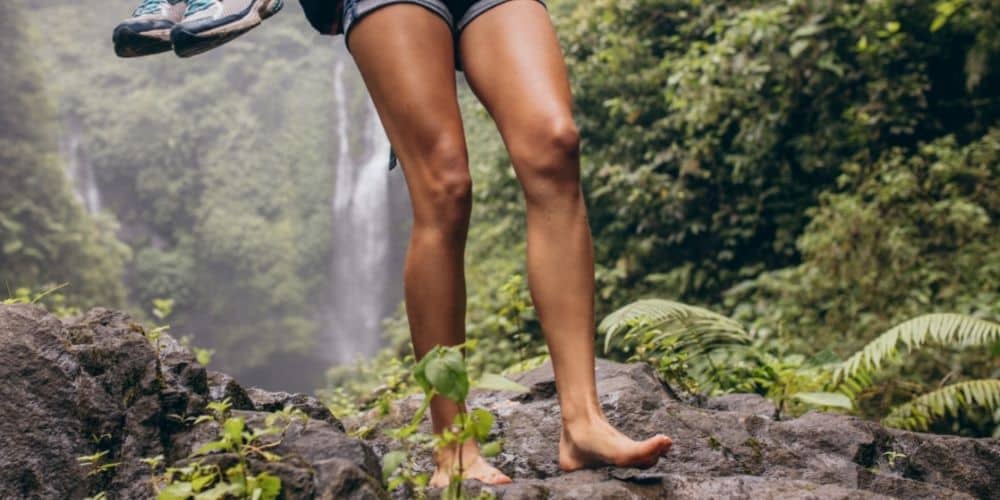
Barefooting walking, more than an activity in itself, is a lifestyle, a true philosophy based on direct contact with nature. The term barefooting comes from the word 'barefoot', meaning "without shoes". However, on reflection, it is not an invention at all, but a return to man's origins. In fact, going back hundreds of thousands of years, we can say that primitive men walked barefoot with nothing between them and their environment. This is where the concept behind barefooting comes from: rediscovering the authentic connection with nature that humans have been losing over thousands of years of evolution and progress. Although prejudice has wrongly linked barefooting to slovenliness and poverty, barefooting is synonymous with freedom of movement without any kind of constraint. It is actually a re-appropriation of the natural environment and the sensations it can 'communicate' to our bodies in direct contact with the ground.
Walking barefoot, an authentic freedom
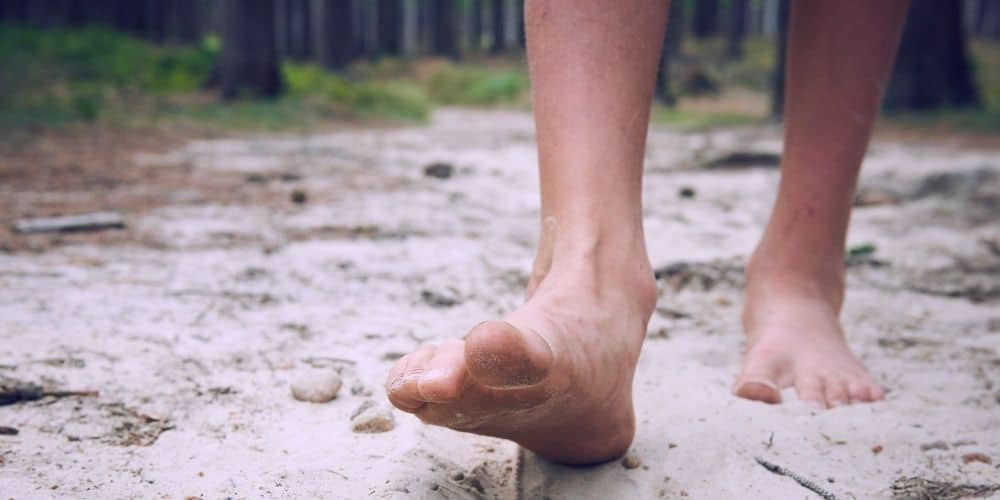
Walking barefoot on paths, running, or even climbing is not something unusual or strange for barefooters hikers, also known as 'barefoot born'.
Who of us has not experienced the feeling of freedom when walking barefoot on a fresh stretch of sand, a soft lawn, or even on the floor at home? Science confirms it: it is good for our body but also for our mind.
Of course, we can't improvise as a barefooter, but we have to approach this practice, which is as old as man himself, gradually in order to avoid problems. The foot, as in every discipline, must be trained and accustomed to it, given that nowadays we wear shoes which constitute a filter, an obstacle between us and the energy of the earth.
You can start at home, walking barefoot, and then move on to natural surfaces such as sand or a lawn to get used to and strengthen tendons, muscles, and bones, which footwear has 'weakened'. Afterward, you can try your hand at walking on specially prepared mountain paths and then move on to rock pavement. It is no coincidence that many sports are practiced barefoot, such as beach tennis, beach volleyball, Pilates, yoga, karate, and judo. If you are new to barefooting, remember to pay attention to any unevenness in the ground and possible obstacles.
The health benefits of walking barefoot
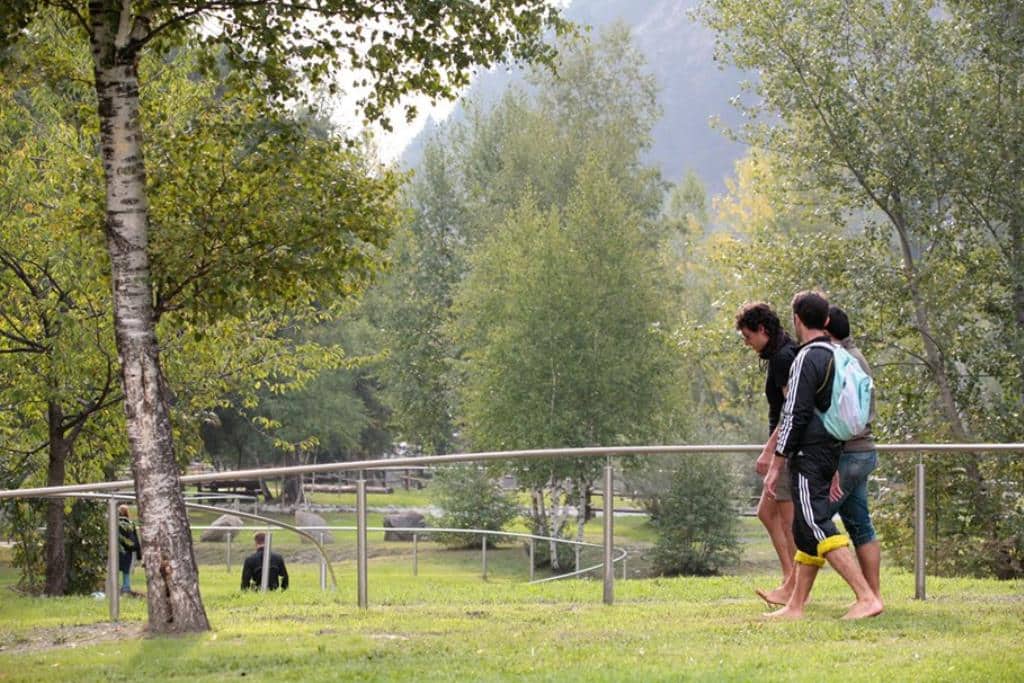
Walking barefoot results, firstly, in a soothing and relaxing foot massage and, secondly, in strengthening the muscle tone of the toes and legs, thickening the sole of the foot, and promoting circulation. According to a study conducted by American scientist Erik Trinkaus, professor at Washington University in St Louis, the use of shoes over the centuries has contributed to a weakening of the bones in the feet.
However, Professor Trinkaus was neither the only one nor the first to understand the importance of the foot, support for the entire organism, and fundamental in the process of thermoregulation. It was Leonardo da Vinci, in his capacity as an anatomist, who defined the foot as a "work of art, a masterpiece of engineering" precisely because of its structural complexity and the multiplicity of functions it performs.
The feet have numerous muscles and nerve endings, so leaving them free means preventing numerous diseases, for example of the back and knees.
Barefooting in Italy
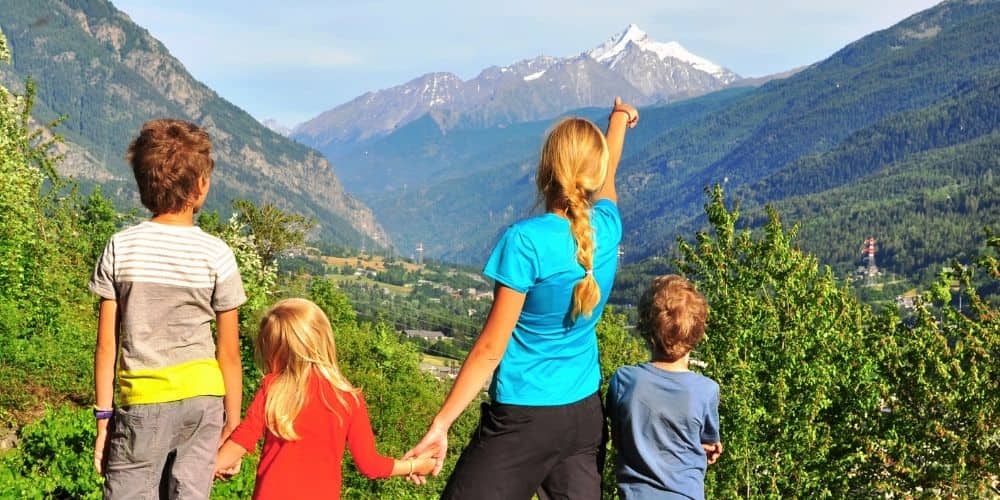
This practice originated in New Zealand around the 1960s, but only arrived in Europe, including Italy, in more recent times. In fact, from north to south, there are numerous routes where barefooting can be practised: in Alto Adige in Bolzano (the Pilgerweg path), in Val di Rabbi Trentino Alto Adige (the Kneipp path), in the woods leading to the Malga Monte Luco (Bolzano, Alto Adige), the Black Beach of Maratea in Basilicata, the Gulf of Policastro in Campania, the fine white sand of Chia in Sardinia, the Franciscan Path for Peace that links Gubbio to Assisi in Umbria, among the most famous of all. On the other hand, Italy has no shortage of unspoiled natural landscapes where you can enjoy the wonders of creation in harmony and with full respect for the environment.
Barefooting in Valle d'Aosta, the Morgex trail
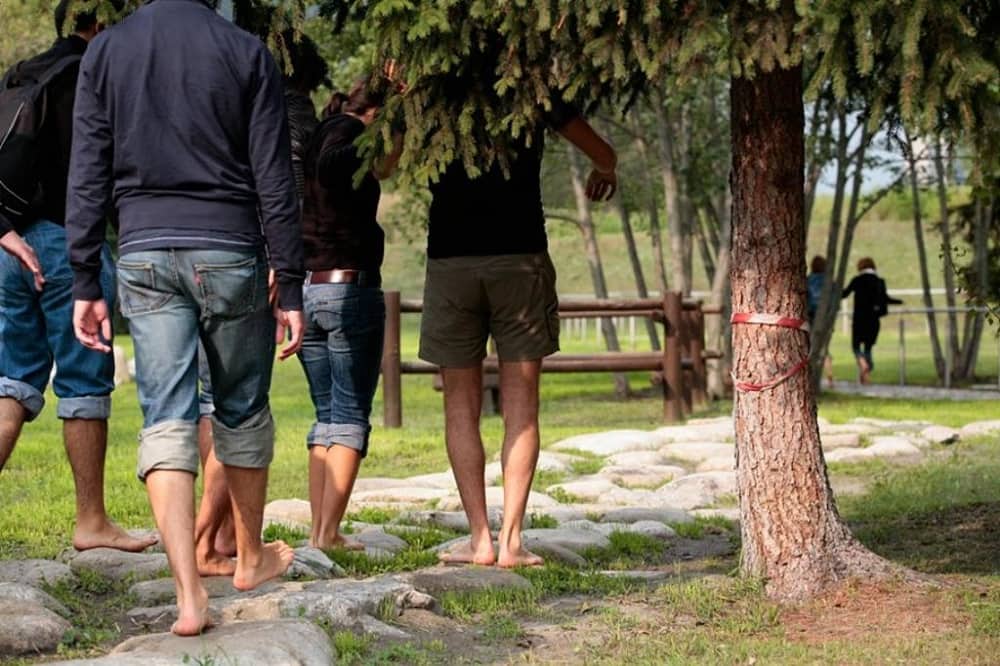
We will focus, however, on the route in Morgex, located in a privileged position in the centre of Valdigne in Valle d'Aosta. It is part of the 'Autour du Mont Blanc' project, which is part of the Espace Mont-Blanc Integrated Cross-border Plan within the framework of the Italy-France cross-border cooperation programme (Alcotra 2007-2013) co-financed by the European Union (ERDF).
Dedicated to Franco Alleyson, the late cross-country skiing enthusiast, this is the first barefooting track to be created in the municipality's sports area. The track, some 600 metres long and freely accessible to all, runs on a variety of surfaces that can be experienced: water, grass, moss, sand, mud, gravel, stone, wood, leaves, hay and, depending on the season, flower petals, larch needles and pine cones.
Its creation is based on two fundamental principles: walking barefoot to rediscover and contact with the environment in full harmony with it and, last but not least, reaping health benefits. Let's not forget, then, the enormous advantages and beneficial properties on the mood, a real panacea also for the mind.
Returning to the Franco Alleyson trail, this sensory experience will not only involve touch but also smell and hearing. In fact, in addition to the trail on different types of terrain (grass, moss, sand, water, mud, gravel, leaves, hay, etc.), there is also a station dedicated to recognising the scents of nature and another to identifying the songs of mountain birds. There are also additional stations for identifying animal tracks, the type of tree by touching its leaves or the different mountains present. Finally, the trail also allows the partially sighted and blind to experience this particular experience, as it is appropriately equipped and prepared, thanks to the presence of signs in Braille. So, an inclusive route that denies no one the opportunity to try out this discipline.
Practising a sensory walk in close connection with nature gives us new and positive energy, provoking an active reaction and not a reactive response to our surroundings. A real escape from the world to find ourselves in tune with beautiful places.
Are you ready? Have you already taken off your shoes?
About the author
Written on 30/05/2021

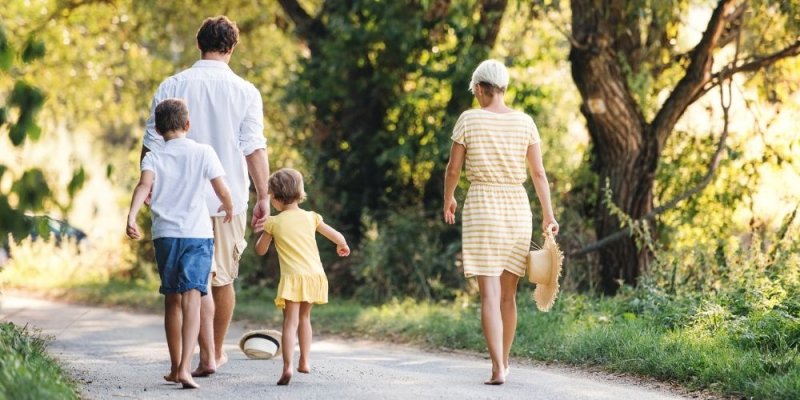

Alessandra Festa
A sensory journey to rediscover ourselves and our ancient bond with the Earth. A full immersion in nature, with countless benefits for body and mind.